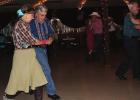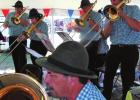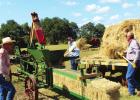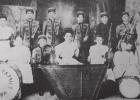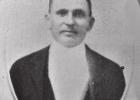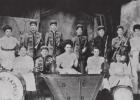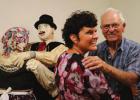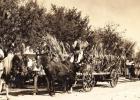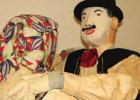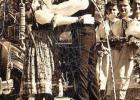American Legion, VFW Built Dancehalls Across the Nation
World War I was a tremendous shock and how America treats its 205,000 wounded returning soldiers. The VFW was completely overwhelmed and was struggling. It was obvious the government wasn’t really doing anything as it was brought to its knees by the war, financially and policy wise. Some forward thinking veterans founded the American Legion as a non-governmental organization to assist the battle-fatigued military coming home to either begin, repair, or resume their interrupted lives. The government had little plans to assist the men who lives were rerouted and survived the horrors of war, or whether to include those who had served in various non-violent capacities of the war machine. This private organization lobbied Congress to step up to the plate and be responsible for their actions and succeeded two years later, when Congress established the Veteran’s Bureau, the forerunner of the Veteran’s Administration.

